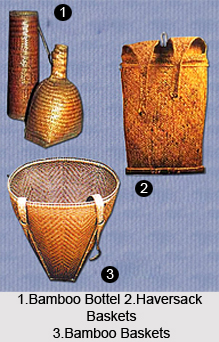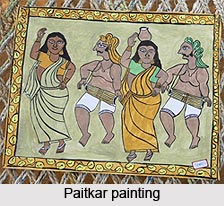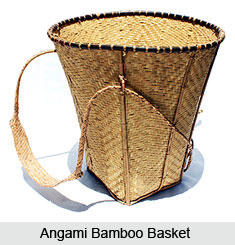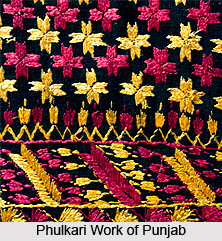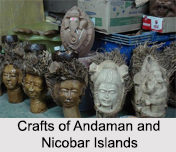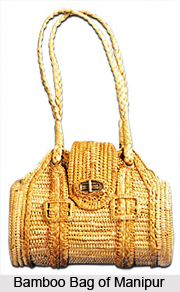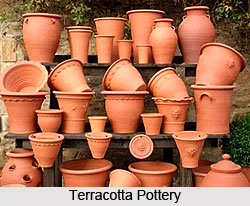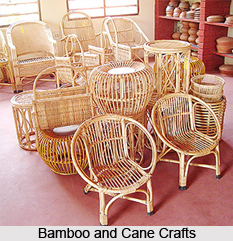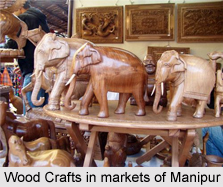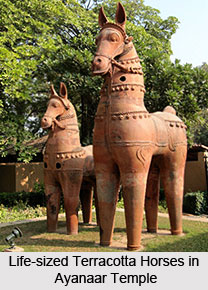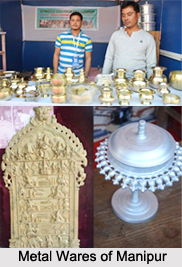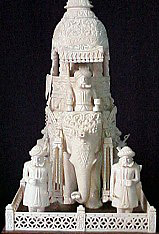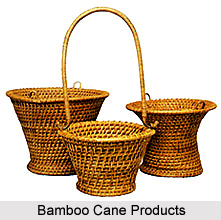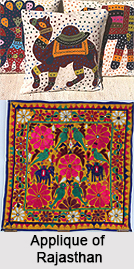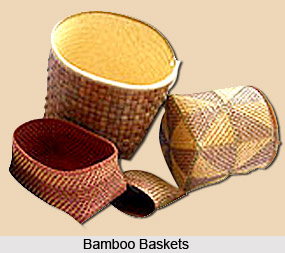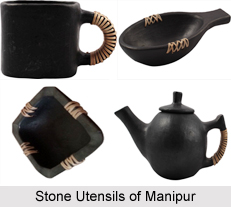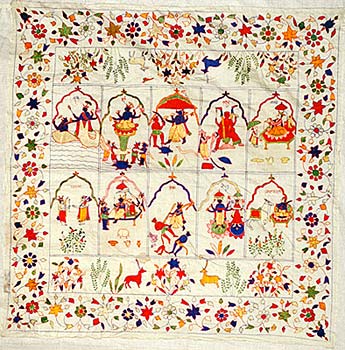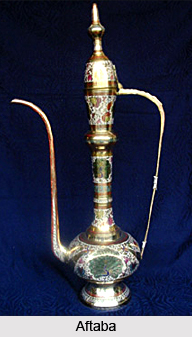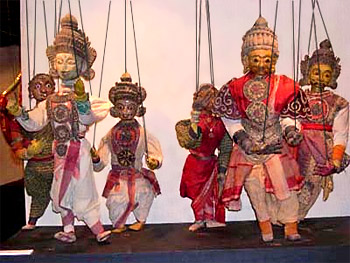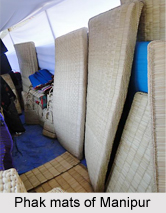 Grasses, reeds and fibre yielding plants are almost universally abundant all over the world and more so in India and third world countries. They have been used in making both utilitarian products as well as fancy artistic items that have their own market segments. Products out of these natural resources have been mostly made locally as crafts and sold locally, up until this craft got impetus post independence as various government programmes supported the skill and finesse of these artisans. Many non-governmental organisations came forward providing linkages and a number of design centres coming up as well, which while taking traditional designs into account also gave new inputs, thereby ensuring better value addition.
Grasses, reeds and fibre yielding plants are almost universally abundant all over the world and more so in India and third world countries. They have been used in making both utilitarian products as well as fancy artistic items that have their own market segments. Products out of these natural resources have been mostly made locally as crafts and sold locally, up until this craft got impetus post independence as various government programmes supported the skill and finesse of these artisans. Many non-governmental organisations came forward providing linkages and a number of design centres coming up as well, which while taking traditional designs into account also gave new inputs, thereby ensuring better value addition.
The northeast state of Manipur too is no exception in this regard, where the people have exploited natural resources to make useful products since centuries to ensure a comfortable living. The state wholly, including both hills and valley, is blessed with grasses, reeds and plants that stimulate the imagination of artisans in making useful products for the people at cheaper rates. The craft developed and evolved in its own way with social, economic and political changes. There were changes in products and designs and in the process, many crafts languished and many materials were discarded. The crafts could have survived if appropriate inputs were given at the right time. The modern trend also gave rise to new products and with the efflux of time, the end use of the products also changed. Utilitarian products were used as decorative items and steep competition was given by synthetics and the products from outside. Despite all this, the craft has survived in Manipur.
Products made from Grass, Reeds and Fibre in Manipur
Different products have been made by different regions of Manipur using grass, reeds and natural fibre. The Tamenglong district of the state is home to the Rongmei tribe which is known for its vibrant culture and products. The district is known for various unique plants. Nettles grow wildly in the district. The bark of the nettles yields very fine, strong, glossy biscuit-coloured fibre. Traditionally, the Rongmeis used to extract the fibre by retting method and manufacture fabrics by weaving in their traditional Loins loom. They also used to dye the fibre to bring out various beautiful designs. They utilised the fibre to be woven into small mats, table cloths and decoration cloths, in addition to apparels.
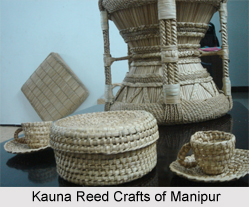 The Jiribum subdivision is situated geographically close to the Cachar district of Assam. Therefore, it is natural that the area is influenced by the craft and culture of Cachar. Cachar has the tradition of making a type of mat called "Sital Pati", manufactured by weaving ribbons of a type of long leaves. The highlight of these mats is their softness, flexibility and strength. They are used for floor coverings and bed spreads, providing warmth during winters and keeping cool during summers. As in case of Assam, Jiribum also has the tradition of producing cloth out of ramie fibre. Ramie plant grows wildly around Jiribum and elsewhere in the valley of Manipur. The fibre, known as the prince of fibres, is woven into artistic fabrics, alone or by blending silk. The fibre is lustrous, white and very strong, but is difficult to extract given the high gum content.
The Jiribum subdivision is situated geographically close to the Cachar district of Assam. Therefore, it is natural that the area is influenced by the craft and culture of Cachar. Cachar has the tradition of making a type of mat called "Sital Pati", manufactured by weaving ribbons of a type of long leaves. The highlight of these mats is their softness, flexibility and strength. They are used for floor coverings and bed spreads, providing warmth during winters and keeping cool during summers. As in case of Assam, Jiribum also has the tradition of producing cloth out of ramie fibre. Ramie plant grows wildly around Jiribum and elsewhere in the valley of Manipur. The fibre, known as the prince of fibres, is woven into artistic fabrics, alone or by blending silk. The fibre is lustrous, white and very strong, but is difficult to extract given the high gum content.
In the entire valley of Manipur, a type of mat called "Phak" is extremely popular. It is woven from a sort of water reed called Kauna, growing all over the valley. The mat is of various sizes and shapes. It is fairly thick, soft and comfortable when used for seating purpose. Phak is usually woven by women and sold by women in various Ima markets. The reeds being sturdy, the mats too are sturdy and being still popular in Manipur, the craft does survive.
There are also thinner yet sturdy grasses used for weaving mats, more or less identical to Mutha grass or Kora grass used for weaving mats in the coastal regions of India from Tamil Nadu to West Bengal. They grow wildly in waterlogged marshy land. The mats made from them are often colourful and used as floor coverings or bed spreads below the mattresses. But these mats are facing competition from the plastic mats as well as mats from the other states, given the communication which opened up.
Thatching grasses are very popular on the hills of Manipur, usually used for thatching the roofs of tribal huts, while also being woven into mats for use as wall coverings behind the bamboo walls, both as decor and as barrier to the blowing winds.
The quality of the fruits of Pineapple, which is grown mainly as a horticultural crop, is well known in case of Manipur. But the people of Manipur did not know about the highly lustrous and strong fibre that the leaves of pineapple yield. It was for the initiative taken by Department of Industries that use of pineapple fibre got introduced in the state. Though it has not grown up to desired extent either as a craft or as industry, elegant and useful crafts are being produced to a limited extent, ranging from coasters and vanity bags to wall hangings and table mats.
Therefore, the different crafts made from grasses, reeds and fibres in Manipur have tremendous scope for further growth, considering the available resources and skill. There is, however, a need to initiate a proper action plan in identifying the problematic areas that can hinder the development of this craft under the changing scenario.
Related Articles:
Manipur
Crafts of Manipur
Tribes of Manipur
Bamboo and Cane Crafts of Manipur
Tamenglong District, Manipur
Cachar District, Assam
